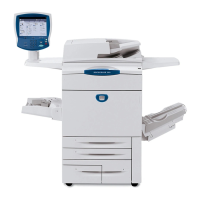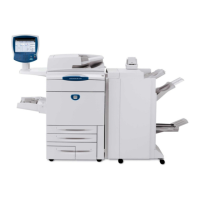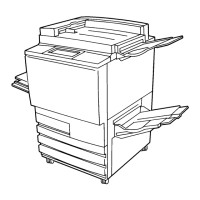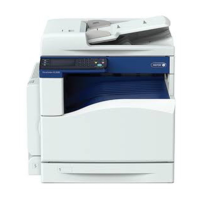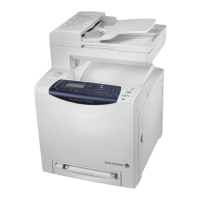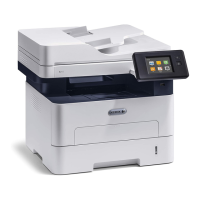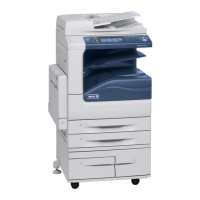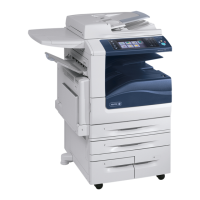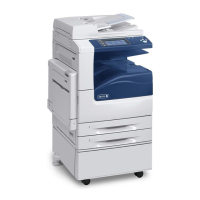09/03
3-4
DC 3535/2240/1632, WC M24
IQ1
Initial issue
Image Quality
High Frequency Bands Repeating interval bands that are most noticeable in low density (20-30%) halftone areas of the copy. These bands run
perpendicular to process direction.
Go to the IQ14 RAP
IBT Cleaner Streak Multi-color streaks, sometimes LE-TE, sometimes shorter. May have registration chevron pattern visible. Go to the IQ12 RAP
Irregular Process Direction Streak Streaks: Usually medium-width streaks of (or shifts in) color most noticeable in low density 20-30%) halftone areas of the
copy.
A deletion in the form of a single streak that runs from the lead edge to the trail edge of the copy.
Go to the IQ12 RAP
Lead Edge Toner Smear (fused) Smears of fused toner on the lead edge of prints Go to the IQ12 RAP
Lead Edge Toner Smear (unfused) Smears of unfused toner on the lead edge of prints Go to the IQ13 RAP
Low Image Density A condition that results when too little toner of a single color or combination of colors is developed on the copy or print.
This results in lighter copies or prints for the single-color toner or the color that results from the combination of color ton-
ers.
Go to the IQ3 RAP
Misregistration/Skew The position and/or alignment of the image relative to the top edge and side edge of the paper is not within specification. Go to the IQ9 RAP
Missing Colors One or more of the primary colors are missing from the image. Go to the IQ17 RAP
Mottle Areas of solid, or high density coverage that are reproduced with a blotchy, non-uniform appearance. Go to the IQ15 RAP
Regular (Repeating) Bands, Streaks,
Spots, or Smears
A defect that repeats at an interval from14 to 264 mm, is most noticeable in low density (20-40%) halftone areas of the
copy, and runs perpendicular to process direction.
Lines and bands are generally uniform in shape from one end to the other.
Streaks are generally shorter than lines and are of nonuniform width along their length. They may have a more ragged or
fuzzy appearance than lines.
Go to the IQ14 RAP
Residual Image A toner image that remains on the photoreceptor or Transfer Belt after cleaning. The next image is placed on top of the
residual image and both images are transferred to the next copy.
Go to the IQ5 RAP
Spots Generally circular in shape, these defects can be caused by an absence of toner in a desired area, or a deposit of toner in
an undesired area
Go to the IQ16 RAP
Unfused prints Image can be rubbed off with little or no pressure Go to the IQ13 RAP
Wrinkled Image Areas of prints (usually 11x17 in./A3) have distinctive “worm track” patterns, and/or wrinkles in the paper itself Go to the IQ4 RAP
Table 1 Image Quality Defects
Defect - green indicates hotlink to
image samples
Description Corrective Action

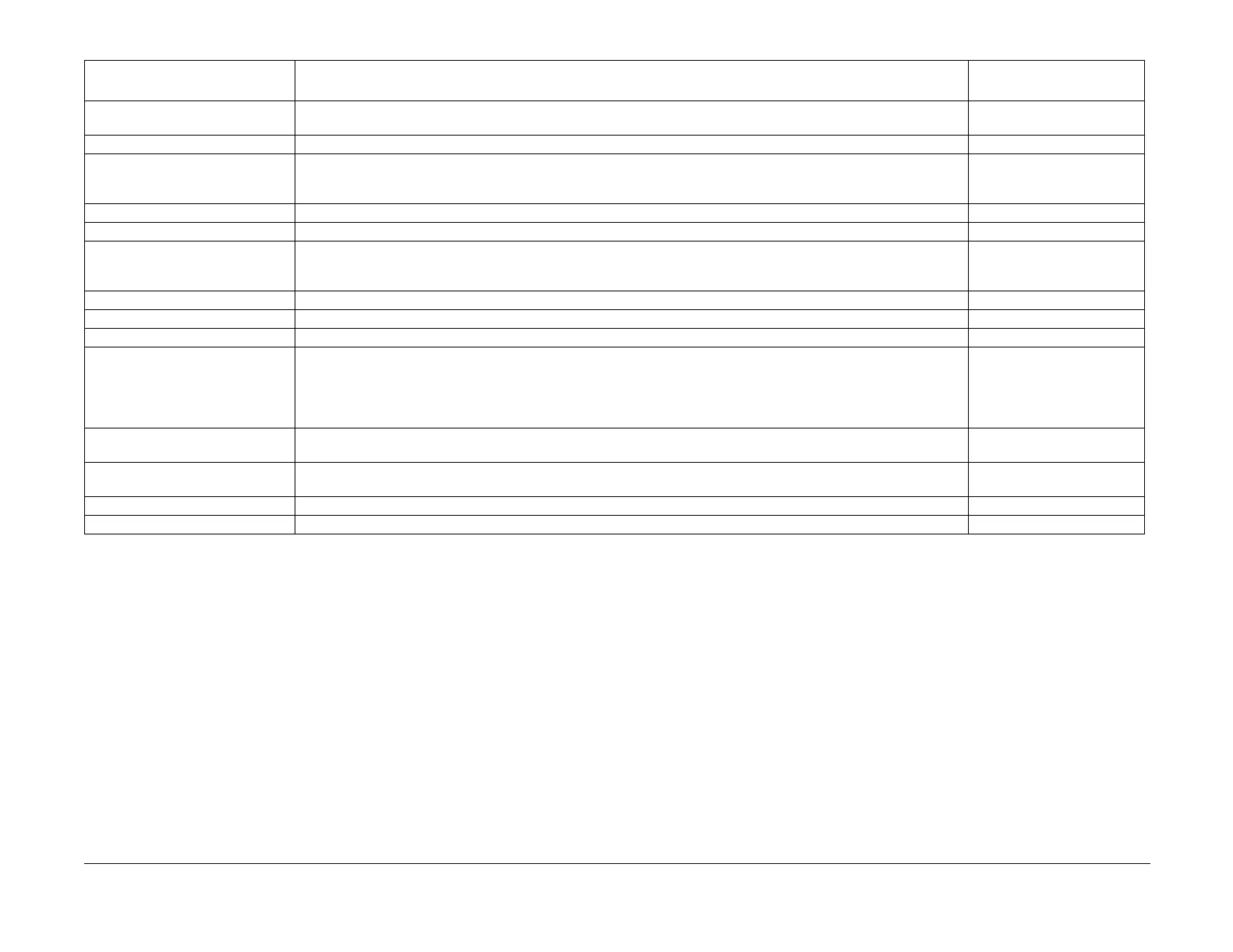